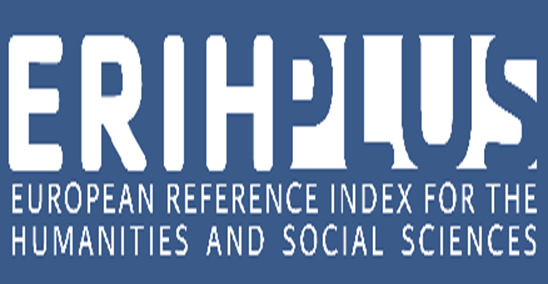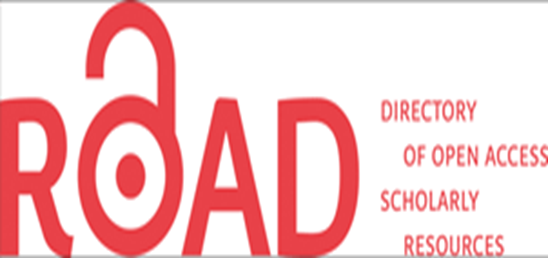Modern bases of Turkic runology
Views: 282 / PDF downloads: 218
DOI:
https://doi.org/10.32523/2664-5157-2020-2-2-6Keywords:
the Asian runic writings, origin of the alphabet, early written documents, epitaph steles, rock inscriptions, Siberian-Turkic Manichaeism, inscriptions of Kazakhstan and KyrgyzstanAbstract
300 years ago the Asian runic writing of the Turkic people became known to science.
The system of the alphabet showed ascension of runes to syllabic writing of the end of a bronze age. Very
archaic were also written documents which affected shape of the Yenisei epitaphs. Both features indicate
ancient loan and adaptation of this writing by the Turkic people. With adoption of Manichaeism in the 8th
century the runic letter became sacred writing of Siberian-Turkic religion of Light. In this role it in the
9-10th centuries extended on the lands of Kazakhstan and Kyrgyzstan. The authority of the ancient letter
led to its long use after Islamization.


























